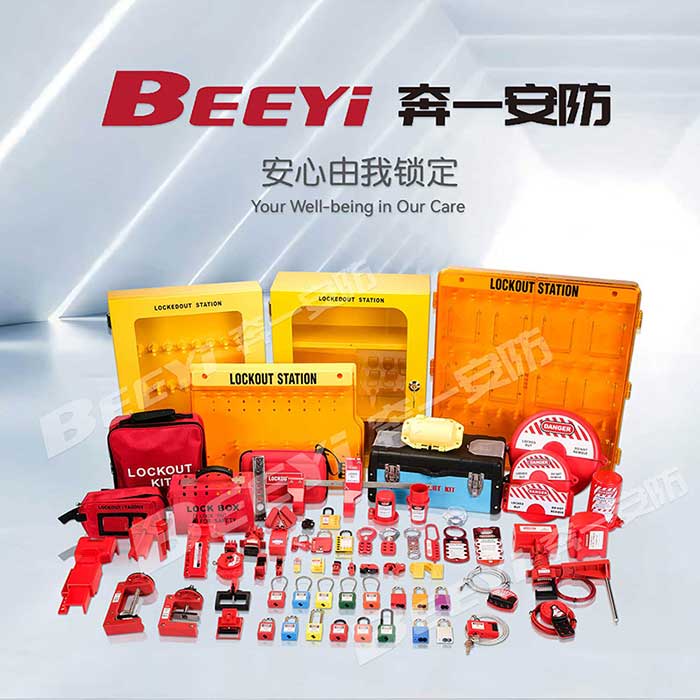pneumatic lockouts application: ensuring safety and compliance in industrial environments
Release time:2025-11-15 17:41:46
In industrial environments where pneumatic systems are used, safety is paramount. Pneumatic systems, powered by compressed air, are crucial for controlling various equipment, machinery, and processes across sectors like manufacturing, energy, chemicals, and more. However, these systems can pose significant safety risks if not properly controlled during maintenance or repair. This is where Pneumatic Lockouts come into play—devices designed to prevent the accidental release of pneumatic pressure, ensuring that workers can perform tasks without the risk of equipment malfunction or injury. This article delves into the importance and applications of pneumatic lockouts in maintaining workplace safety and compliance.

The Role of Pneumatic Lockouts
Pneumatic lockouts are safety devices designed to isolate the energy source (compressed air) in a pneumatic system, preventing it from causing accidental activation or pressure release. These lockouts are typically used during maintenance, repair, or when equipment is being serviced to ensure that it remains inoperable while work is being carried out. By physically locking out the pneumatic system, these devices give workers peace of mind and protect them from the risks of sudden machinery activation.
The lockout process typically involves sealing off air supply lines or shutting down valves to prevent the flow of air to critical parts of the system. Workers can then securely carry out their tasks knowing that the system cannot be re-energized without proper authorization. The devices are usually locked with a padlock or other security mechanism, ensuring that only authorized personnel can restore the system to operation.

